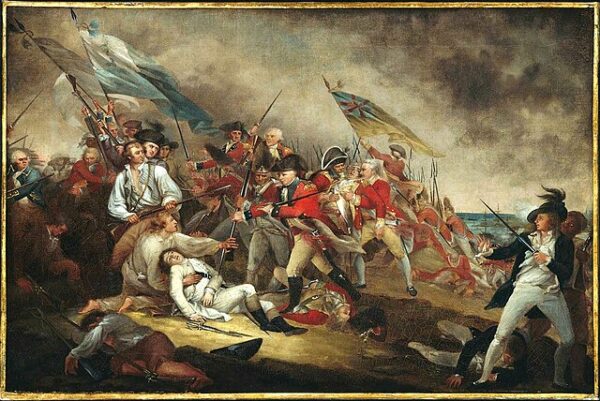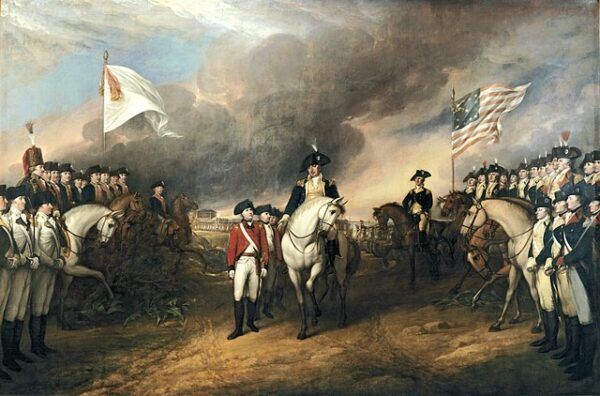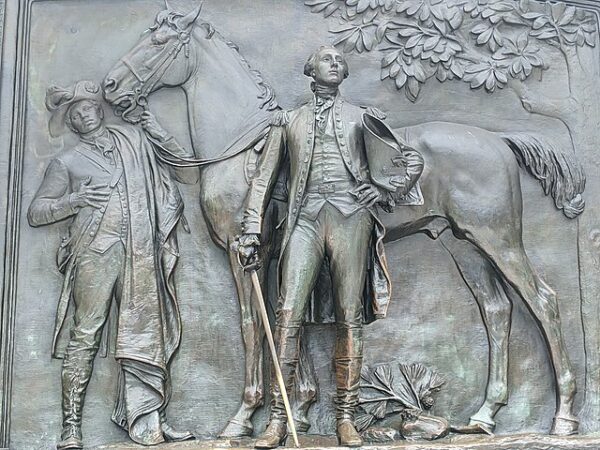In what is already being hailed as a turning point in the nascent American Revolution, colonial militias inflicted staggering losses on British forces yesterday during the Battle of Bunker Hill—despite ultimately surrendering the field. Though the redcoats claimed a technical victory by seizing the contested Charlestown Peninsula, the price they paid for that ground was steep: more than 1,000 British soldiers lay dead or wounded by day’s end.
The clash unfolded on the heights overlooking Boston Harbor, where colonial forces, acting under orders from General Artemas Ward and Colonel William Prescott, hastily fortified Breed’s Hill on the night of June 16. Though commonly referred to as the Battle of Bunker Hill, the fiercest fighting took place on Breed’s Hill—a lower rise closer to British lines and within artillery range of the city.
By dawn on June 17, British commanders, including General William Howe and General Sir Henry Clinton, recognized the tactical threat posed by the new American redoubt. British warships in the harbor began bombarding the position, while Howe prepared to lead a direct assault against the fortified rebels—then numbering some 1,500 largely untrained men drawn from Massachusetts, Connecticut, and other New England colonies.
The British launched three frontal assaults. The first two waves were cut down by disciplined musket fire from behind earthen walls and rail fences reinforced with hay. Prescott, it is said, gave the famous order: “Don’t fire until you see the whites of their eyes,” a testament to both ammunition shortages and the colonists’ grim determination to maximize every shot.
When the third assault was mounted—after naval and artillery bombardments softened the lines and colonial powder supplies dwindled—the redcoats finally breached the earthworks. The Americans, having exhausted their ammunition, were forced to fall back. But their retreat was orderly, not a rout.
British troops did occupy the hilltop, but they did so amid the smoldering bodies of their own comrades. Reports from the field estimate British casualties at over 1,000—including nearly 100 officers—while American losses numbered around 450, including the death of Dr. Joseph Warren, a prominent patriot and president of the Massachusetts Provincial Congress. Warren, who had declined command in favor of fighting as a common soldier, was killed in the final British charge, instantly becoming a martyr to the cause of liberty.
In London, news of the battle is likely to be met with mixed emotions. While the British Army achieved its objective, the costliness of that success may raise doubts about the wisdom of confronting a determined colonial population across an ocean. Lord North’s government had banked on a quick suppression of what it still terms a “rebellion.” Yet the events at Bunker Hill suggest the conflict will be longer, bloodier, and more politically fraught than previously imagined.
In the American colonies, however, the battle has galvanized support for independence. Even in defeat, the militia’s performance demonstrated that British regulars are not invincible. Militiamen who just months ago were farmers, blacksmiths, and schoolteachers stood toe-to-toe with the most disciplined army in the world—and emerged with their pride intact and their cause burnished in blood.
The Continental Congress, meeting in Philadelphia, has already received word of the engagement. Though still debating the precise contours of the colonies’ political future, there is little doubt that the courage displayed at Bunker Hill will fuel further calls for unity, resistance, and armed preparation.






